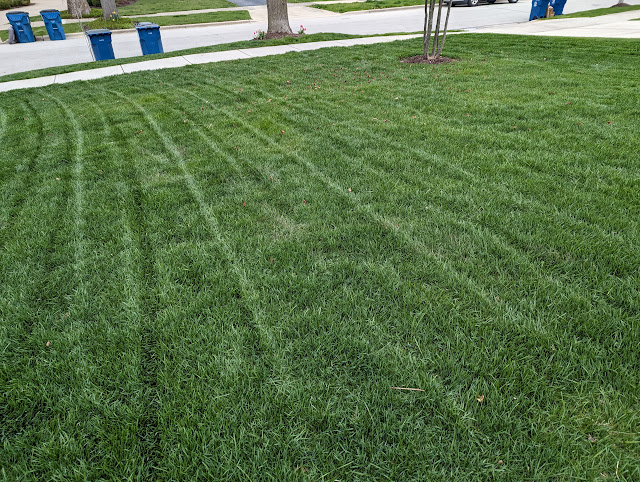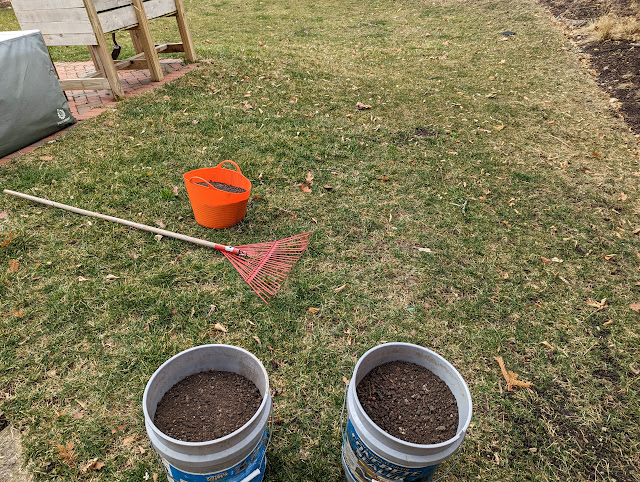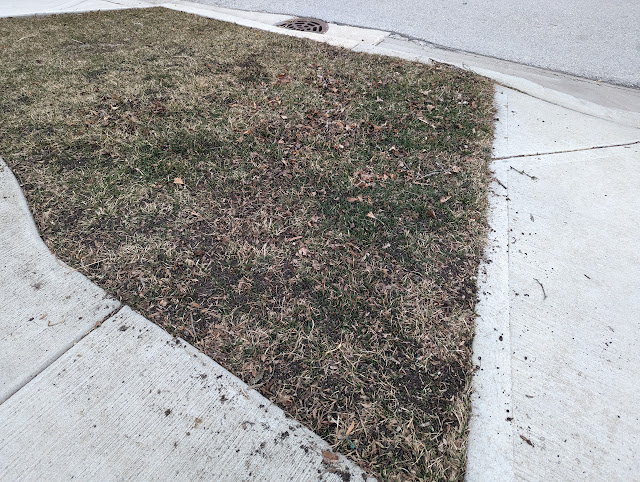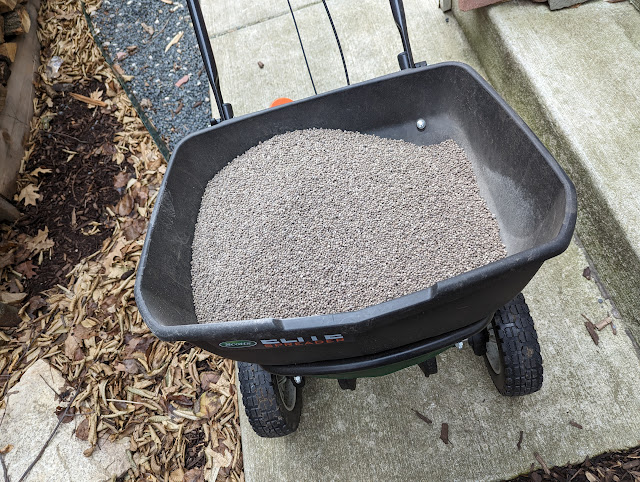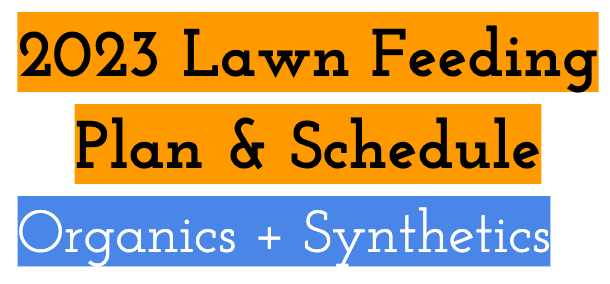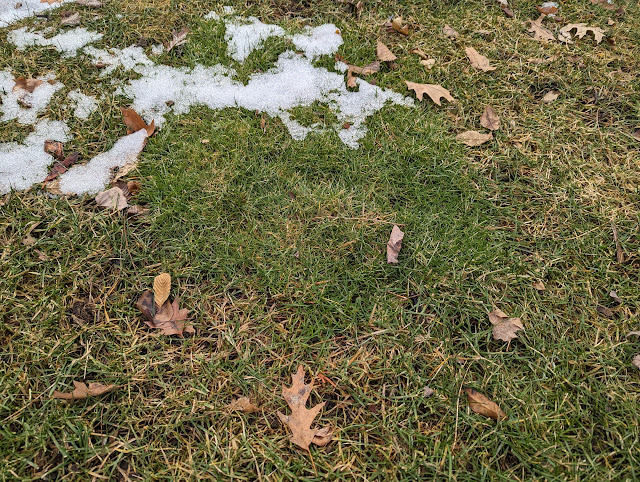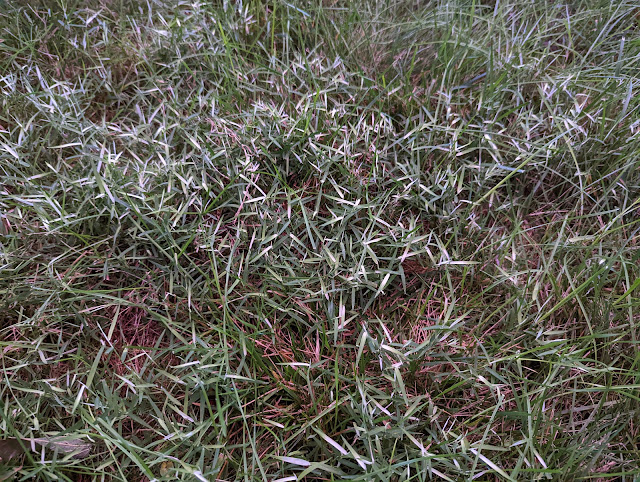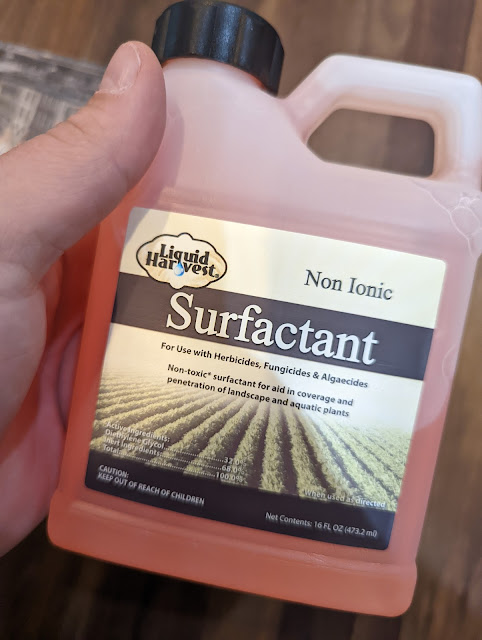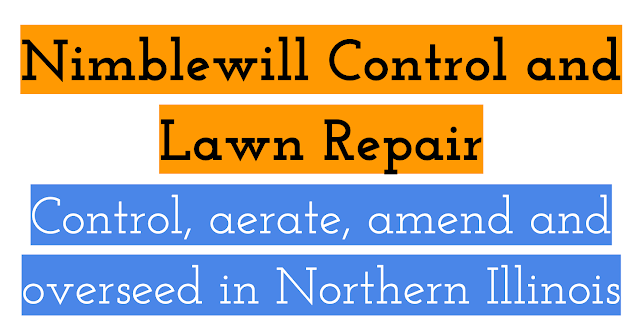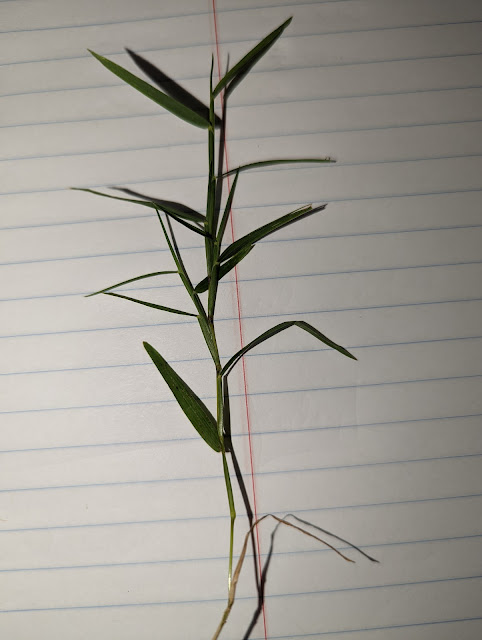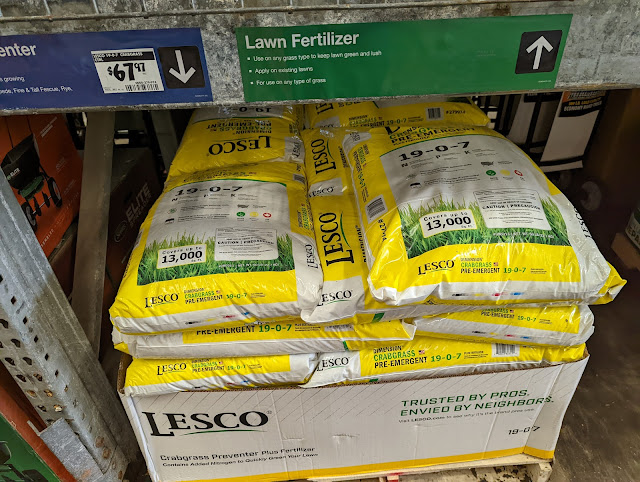Biosolids Added To Turf Improves Early Green-Up - April 2024

This photo below is of a small corner of a lawn that sits between hardscape and is notoriously hard-to-grow-in. It is also in the crotch of a driveway - which means that it gets driven-on from time-to-time. That causes compaction and both a drop in the level of the soil AND a deterioration of the grass. Last Summer, I filled the area with municipal biosolids. Have a look at what the area looks like in early Spring - and compare it visually to the rest of the turf. The green-up difference is striking, no? Biosolids. Plus...(I presume) the warm-up that comes from the driveway retaining heat = a happy turf.

